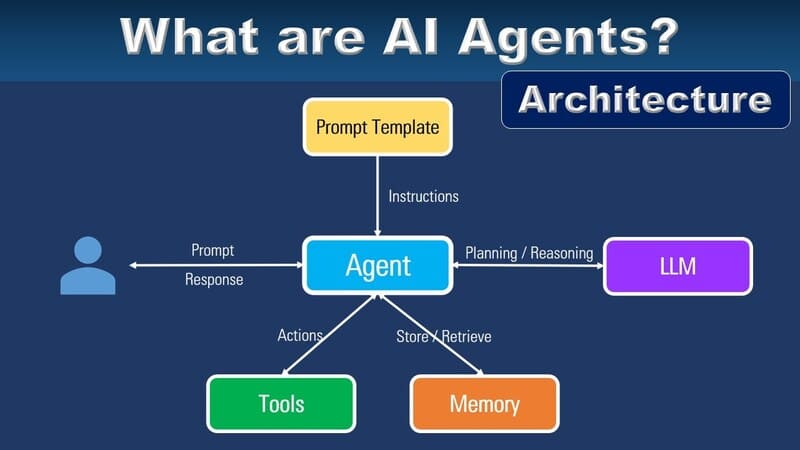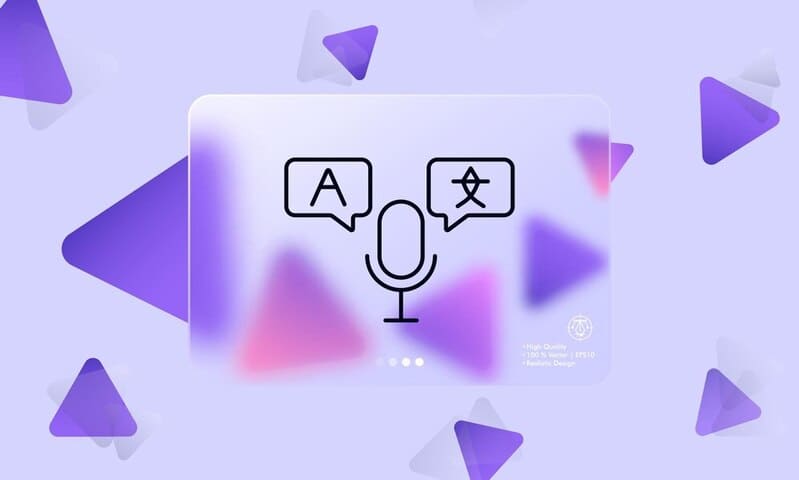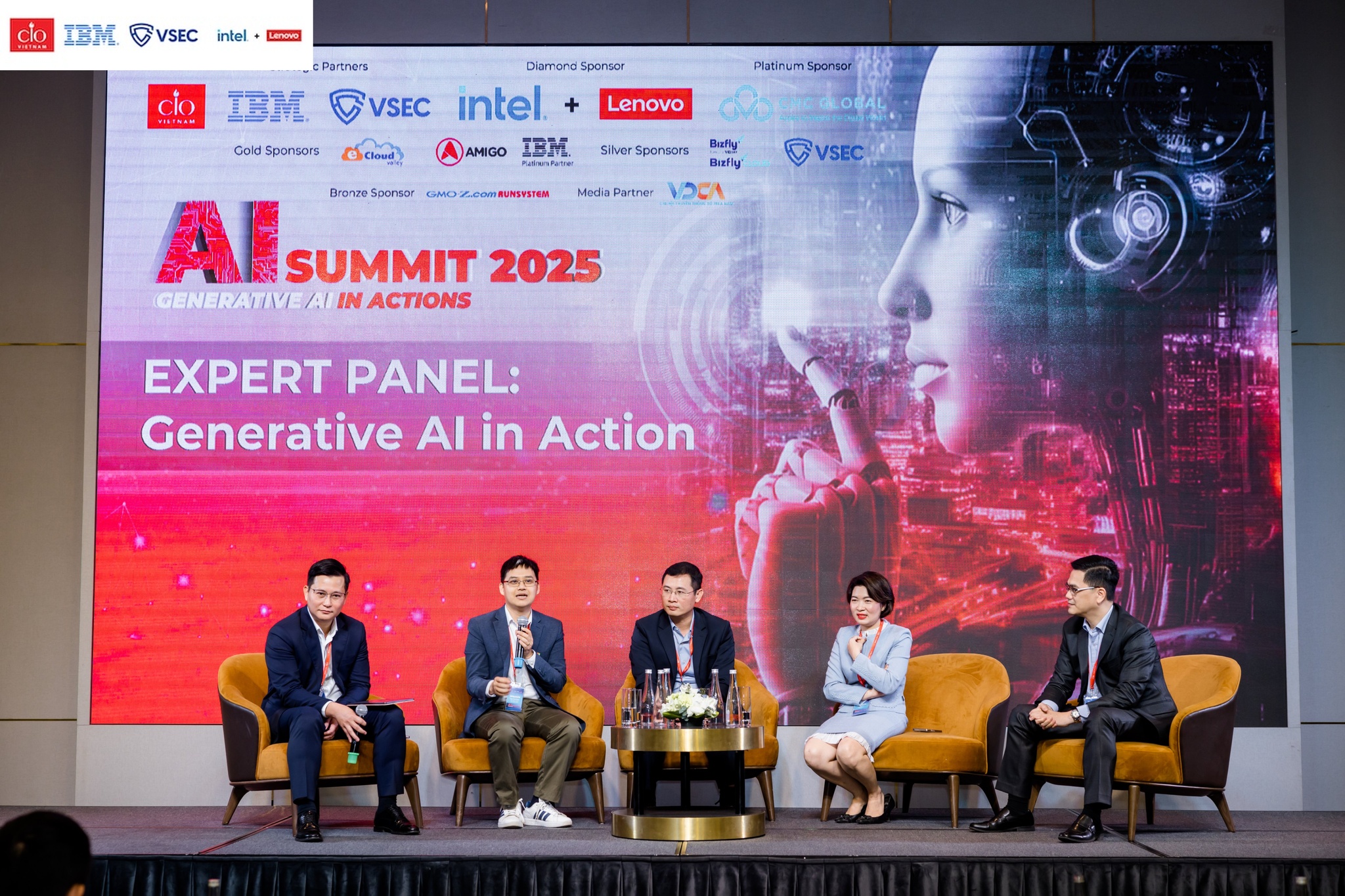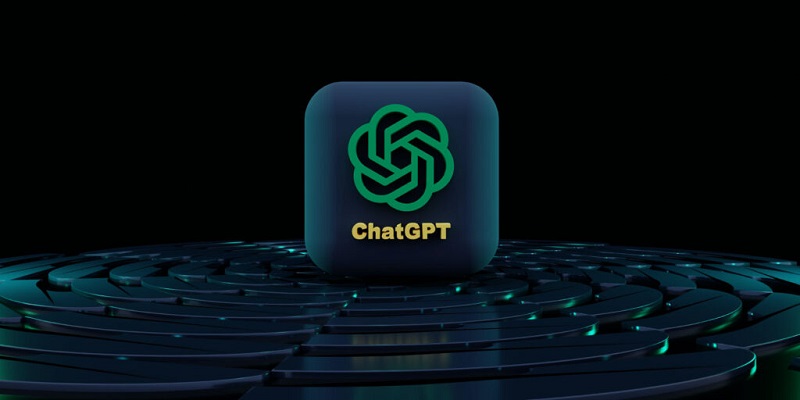Customer service is proving to be one of the most popular applications of generative AI. With the development of natural language processing (NLP) and large language models (LLM) like ChatGPT, extracting context and entities from conversations, tracking sentiment, and modeling customer intent have become more accessible and cost-effective.
But how exactly are businesses leveraging AI in customer service? Let’s explore with FPT.AI.
Outstanding features of AI in customer service
Generative AI is reshaping the customer service industry by overcoming the limitations of traditional chatbots. Instead of relying on rule-based systems with rigid and pre-defined responses, generative AI tools like ChatGPT analyze thousands of information streams to understand customer preferences, requests, and respond in a more natural, conversational manner.
Octopus Energy has used AI chatbots to do the work of 250 employees, with customer satisfaction ratings higher than humans. Contact centers are increasingly adopting virtual assistants such as Voicebot, Callbot to handle simple, repetitive tasks, while providing 24/7 support across multiple channels such as phone, live chat and social media.
However, the value of Generative AI goes beyond answering questions. The technology can also provide personalized recommendations based on customer data and interaction history; provide conversational search for FAQs in multiple languages; process large volumes of data to extract useful information such as “What are the most common complaints?”; track and categorize customer trends; support employees by automatically generating responses to FAQs, providing summaries of past complaints and resolutions, and recommending suitable products. This frees up agents to focus on more complex interactions where they create the most value.

TOP 25 Real-World Applications of Generative AI in Customer Service
- Automatically generate customer responses: Generative AI applications – like Salesforce’s Service GPT – can understand customer intent, search for information from multiple sources (web, CRM, knowledge base), and create personalized responses. Agents still review and edit before sending, helping to avoid miscommunication.
- Assisting agents with data entry: Similar to Gmail’s predictive text feature but much more powerful. Zendesk leverages large language models (LLMs) to develop a solution that allows agents to type the basics and have the system automatically complete them, saving time responding across digital channels.
- Automatic call notes: Sprinklr AI+ automatically records important information during a conversation, saving agents from having to multitask between listening and taking notes. Agents can focus on the conversation rather than trying to remember details.
- Explore customer FAQs: Generative AI tracks and categorizes why customers are contacting, helping call centers understand the drivers of demand. Google Cloud’s Generative FAQ for CCAI Insights enables the upload of edited transcripts for analysis, highlighting, and satisfaction assessment.
- Automate post-call processing: Genesys Copilot, a Magic Quadrant leader in CCaaS, automates the creation of call summaries and triage codes for CRM, saving time and standardizing summary formats, making it easier for agents to capture information from previous calls.
- Simplify call transfers: Customers often have to repeat the issue when transferred to another agent. Verint Interaction Transfer Bot creates a concise summary for the new agent, helping to continue the conversation without the customer having to repeat information.
- Service automation: Five9 AI Insights groups conversations by characteristics and uses Generative AI/NLP to find patterns, suggest process improvements and automation opportunities, and predict potential cost savings.
- Develop a quality assurance scorecard: Verint Quality Template Bot helps turn quality professionals’ knowledge and experience analyzing CSAT/customer sentiment into a Quality Assurance (QA) scorecard. QA leaders describe the ideal interaction, Generative AI analyzes the history to build the scorecard, and the QA team can then review, edit, and refine it before repeating the process across other channels

- Add context to automated quality scoring: Manager Assist for Amazon Connect not only automatically assesses objective criteria (did the agent do X?) but also subjective criteria such as “did the customer leave the call satisfied?” or “Did the agent make any concessions?” Additionally, the solution provides reasons for automated responses in case quality analysts, supervisors, or coaches want to dig deeper into an agent’s performance.
- Identify agent coaching opportunities: Manager Assist for Amazon Connect provides agent performance summaries for each conversation. Agents can be more proactive in suggesting discounts or solutions sooner rather than waiting for customers to ask. Proactively demonstrate commitment to solving problems. This innovation also encourages collaboration between quality assurance and training teams, who can create a connected learning strategy to reinforce agent performance.
- Alert supervisors to agent issues: NICE Enlighten Actions detects customer sentiment in real time, tracks trends, and alerts supervisors when sentiment drops significantly. It also alerts when agents exhibit specific behaviors that require intervention.
- Measure customer sentiment in detail: Going beyond simple positive/negative categorization, Talkdesk’s Mood Insights identifies specific emotions like frustration, gratitude, and relief, helping brands understand how agents generate emotional responses and improve training.
- Translating live customer calls: Current solutions convert speech to text, translate, and then translate back – a slow process that creates silence. Generative AI promises real-time speech translation, as demonstrated by OpenAI, and soon to be rolled out by Google on its Contact Center AI Platform.
- Real-time agent voice adaptation: Sanas combines Generative AI with audio processing to convert heavily accented English into a standard American accent. 12 of the top 20 customer service BPOs have adopted it, reducing turnover by 50%, despite concerns about ethics and racial bias.
- Knowledge base gap detection: When Generative AI can’t find a knowledge article to answer an answer, it flags the gap to a manager, improving the knowledge base for both bots and human agents.
- Knowledge article generation: Twilio’s CustomerAI not only detects gaps, but also automatically generates articles based on how good agents have handled similar queries. Content is reviewed by human curators before publishing, ensuring consistent, easy-to-understand formatting.
- Simplify self-service and bot building: Google’s Generative App Builder allows chatbots to be built using natural language instead of drag-and-drop. Developers describe the information they want to collect and the APIs they want to integrate, and the platform creates a complete bot in minutes.
- Expanding the reach of conversational AI: Nuance (Microsoft) integrates ChatGPT into its platform, providing fallback responses to untrained questions, automating more queries, and citing information sources for customers who want to learn more.
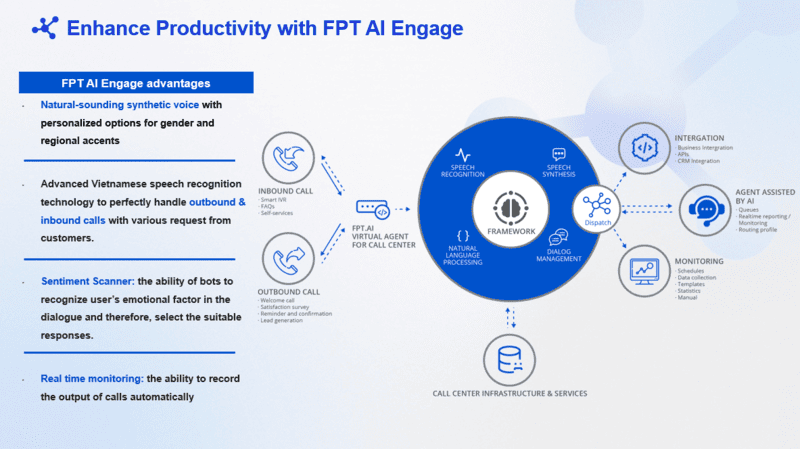
- Keep self-service interactions on track: Nuance’s Conversation Booster detects when a customer changes their mind mid-sentence (confusing the bot) and delivers a refocusing message, helping to get the conversation back on track to complete a task like making a payment or updating information.
- Simulate conversations to test bots: Cognigy’s Conversation Simulation creates multiple mock conversations to test chatbots with a variety of inputs. Combined with Cognigy Playbooks, development teams can verify bot flows, outputs, and add “confirmations” – conditions the bot must meet.
- Build customer surveys: Sprinklr Surveys uses strategy documents and brand guidelines to create questionnaires in seconds. The solution also supports multi-channel distribution, data aggregation, and feedback analysis using Generative AI.
- Extracting insights from customer feedback: InMoment’s Smart Summary Generator consumes data from multiple sources (surveys, recordings, online reviews) and creates a trend overview. Contact centers can continuously monitor emerging issues to act quickly.
- Predicting Net Promoter Score: Evaluagent develops a solution to predict NPS scores from conversational analytics, overcoming the limitations of traditional surveys (low response rates). Although still in beta, early results are “promising” when compared to real NPS data.
- Identifying troubleshooting steps: Cresta’s Flow Modeling analyzes successful conversations to determine the ideal resolution path based on the impact on customer experience and business outcomes, as well as the characteristics that lead to successful resolution.
- Enhanced Search: NICE’s Industry Benchmarks offers a Generative AI-powered search engine that connects to anonymized conversational data to compare service performance against competitors across metrics like customer sentiment, reason for call, and level of automation.

How to effectively apply AI in customer care?
AI models work best when they understand customer intentions. Don’t expect AI applications to fit into every process of your business and replace customer care departments. Businesses need to adjust and train AI models to suit their industry and field.
Businesses need to start building data warehouses, processes and mechanisms to help AI models learn. Equally important is building a process that allows queries and complaints to customer care staff before AI interactions lead to customer dissatisfaction.
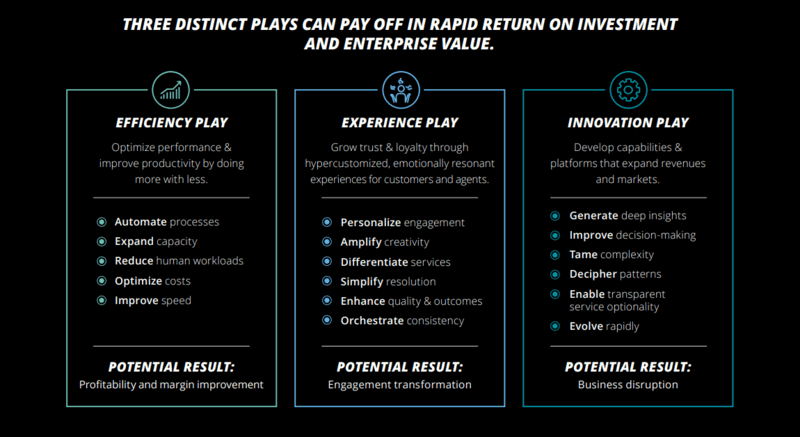
FPT.AI – The solution to the problem of applying AI in customer care of Vietnamese enterprises
As a comprehensive artificial intelligence platform with modules such as chatbot building platform using NLP (Natural Language Processing), voice services including speech to text (Speech to Text) and text to speech (Text to Speech), image recognition and extraction with computer vision technology (Computer Vision), FPT.AI is the answer to the problem of operating customer care services.
Many domestic enterprises trust and apply it in building customer care chatbots on corporate websites and popular messaging channels such as Facebook Messenger, Zalo; automatic switchboards, to call and notify hundreds of thousands of customers at the same time, identify old and new ID cards in the bank’s eKYC work,…

To conclude, it cannot be denied that customer care services are an essential part of a business. However, this department still needs a technological boost to operate more effectively, helping customers stay more attached to the business. Applying AI in customer care is the smartest solution for businesses in this 4.0 era. Hopefully you have found useful information from the above article of FPT.AI.








